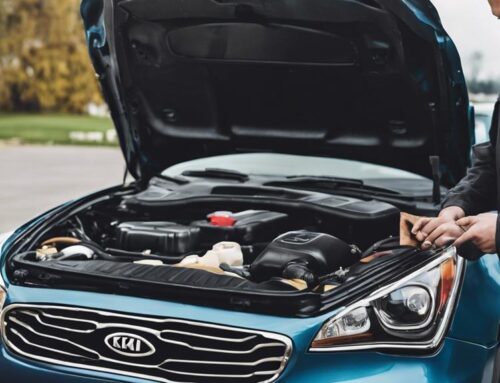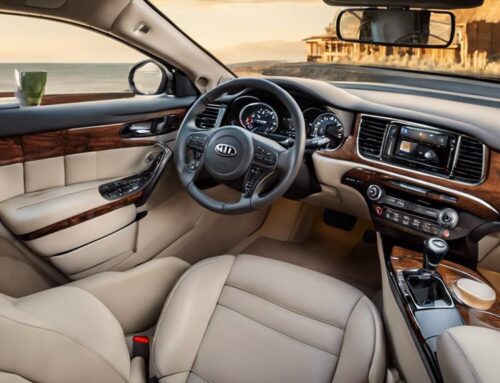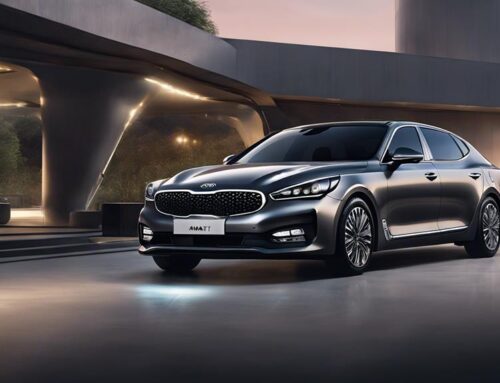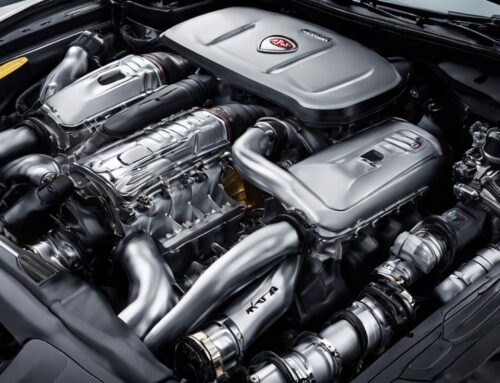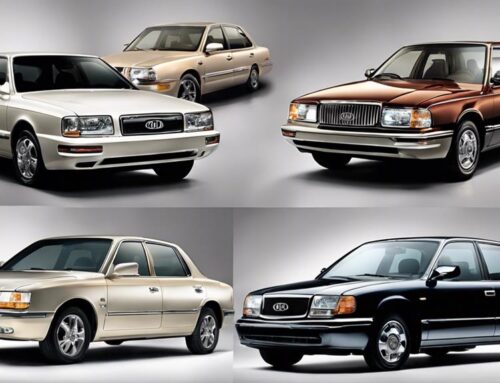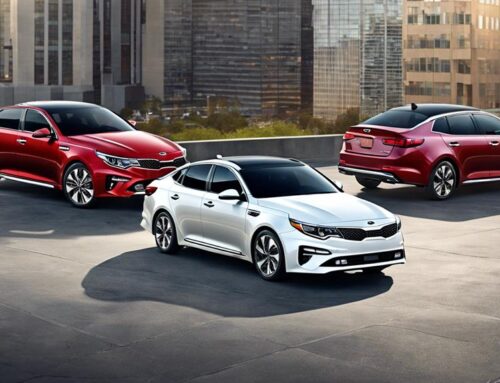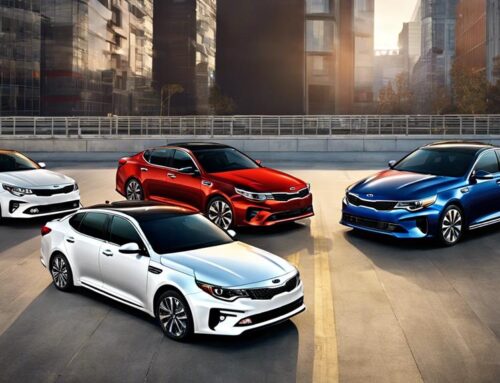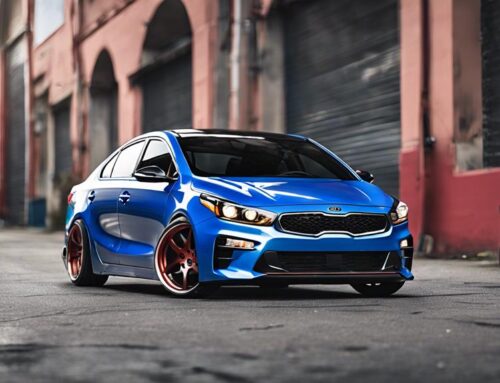In the world of compact cars, the Ford Fiesta stands tall as a fuel-efficient and popular choice. Like a nimble dancer on the road, the Fiesta was born out of the 1973 oil crisis, when the need for a small, efficient car became paramount. Ford, envisioning an annual production of 500,000 Fiestas, built a new factory in Spain to meet the demand.
With its diverse engine options and trim levels, the Fiesta became a formidable competitor in the small car market. However, Ford’s recent announcement of its discontinuation signals a shift towards electrifying its lineup.
History and Development
Ford Fiesta has a rich history and development. The decision to produce a new small car was influenced by the 1973 oil crisis and Ford estimating that 500,000 Fiestas would be produced annually.
The development of the Fiesta was approved by Henry Ford II in September 1972. It was designed by the project Bobcat team headed by Trevor Erskine. The car was designed to have a wheelbase longer than the Fiat 127 but shorter overall length than Ford’s Escort.
To accommodate the production of the Fiesta, Ford built a new factory near Valencia, Spain, and a transaxle factory near Bordeaux, France. Factory extensions were also made in Dagenham, UK.
The first-generation Fiesta went on sale in France and Germany in September 1976. It had various engine options and trim levels.
Name, Marketing, and Generations
Despite the marketing team’s preference for the name Bravo, Henry Ford II ultimately chose the name Fiesta for the small car. The decision was made despite the team’s efforts to persuade Ford otherwise.
The marketing team believed that the name Bravo would better resonate with consumers and help drive sales. However, Ford had his own vision for the car and believed that the name Fiesta would better capture the essence of the vehicle.
Ultimately, Ford’s decision prevailed and the small car was named Fiesta. This name choice would go on to become synonymous with Ford’s success in the small car market.
The name Bravo would later be used for a limited edition of the Fiesta Mark I, but the name Fiesta would stick and become a staple in Ford’s lineup for generations to come.
Commercial Variants and Motorsport
The commercial success of the small car led to the introduction of various commercial variants and its participation in motorsport events.
The Ford Fiesta has been available in sedan delivery/panel van format in all seven generations. The Mark III front bodyshell served as the basis for the Ford Courier, while the Mark IV style Ford Courier was eventually replaced by the Ford Transit Connect. In mid-2009, the European market saw the introduction of the Mark V and VI Fiesta vans.
The Fiesta also has a rich history in motorsport, with modified versions competing in events like the Monte Carlo Rally. Sporting and hot hatch editions, such as the Supersport, XR2, RS Turbo, and ST, have been introduced. The Fiesta Rallycross Supercars version, equipped with a 2.0 L Duratec turbocharged engine, is a formidable racecar.
Circuit Racing and Sales/Popularity
In the world of circuit racing, the Fiesta has become a popular choice for club level motorsport series in the UK. The Fiesta’s agility, compact size, and responsive handling make it well-suited for tight and twisty tracks.
Many racing enthusiasts are drawn to the Fiesta’s affordability and relatively low running costs, making it an accessible option for those looking to get into motorsport. The Fiesta’s success in circuit racing has also contributed to its overall popularity and sales in the UK.
With its sporty variants and championship support, the Fiesta has established a strong presence in the motorsport community. Additionally, the Fiesta’s success on the track has translated to its success in the sales market, with it being one of Britain’s most popular new cars in multiple years.
Awards, Discontinuation, and Other
Winning various awards and accolades, the Fiesta has received recognition for its design, efficiency, and performance in different countries and by different organizations. It has been named Car of the Year by various magazines and organizations, solidifying its position as a standout vehicle in the automotive industry.
Additionally, the Fiesta was the winner of the UK Design Council Efficiency Award in 1978 and Australia’s Best Small Car in 2004. It was also a finalist for the 2011 Green Car of the Year, showcasing its commitment to sustainability.
Despite its success, Ford announced the discontinuation of the Fiesta in October 2022, citing costs of parts and driver preference for SUVs as reasons for its discontinuation. However, the Fiesta will always hold a special place in Ford’s heritage, as the final two models will be kept for their heritage fleets. This decision will allow Ford to focus on electrifying its lineup and adapting to the evolving automotive market.
Frequently Asked Questions
What Is the Average Fuel Efficiency of the Ford Fiesta?
The average fuel efficiency of the Ford Fiesta varies depending on the model and engine. It generally ranges from around 25 to 40 miles per gallon, making it a fuel-efficient option for drivers.
How Many Airbags Does the Ford Fiesta Come With?
The Ford Fiesta comes equipped with multiple airbags, providing enhanced safety for passengers. These airbags are strategically placed throughout the vehicle to help protect occupants in the event of a collision.
What Is the Maximum Towing Capacity of the Ford Fiesta?
The maximum towing capacity of the Ford Fiesta is not available.
What Are the Available Safety Features in the Ford Fiesta?
The available safety features in the Ford Fiesta include advanced airbags, anti-lock braking system (ABS), electronic stability control (ESC), traction control, and a tire pressure monitoring system (TPMS), among others.
Can the Ford Fiesta Be Equipped With All-Wheel Drive?
No, the Ford Fiesta cannot be equipped with all-wheel drive.

